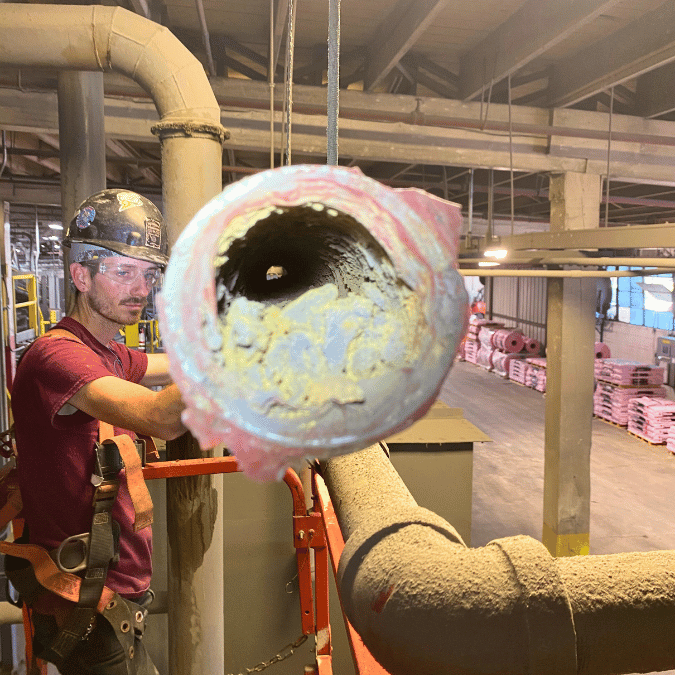Plumbing Emergency Response
Plumbing emergencies can strike without warning, causing chaos and disruption in industrial and commercial settings. Whether it's a burst pipe, a clogged drain, or a malfunctioning water heater, a swift and effective response is crucial to minimize damage and restore operations promptly. In this comprehensive guide, we'll delve into the key strategies for plumbing emergency response and replacements tailored to industrial and commercial environments.
